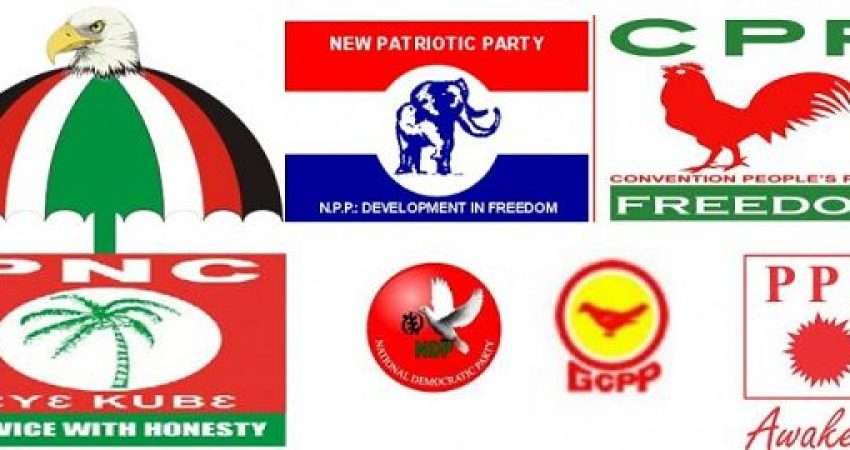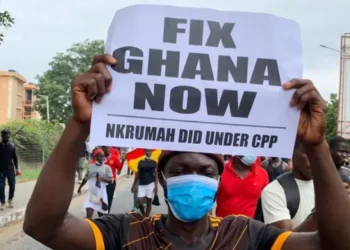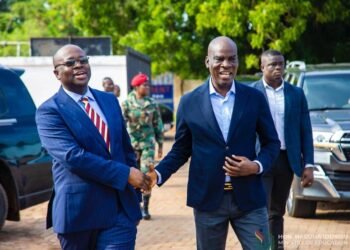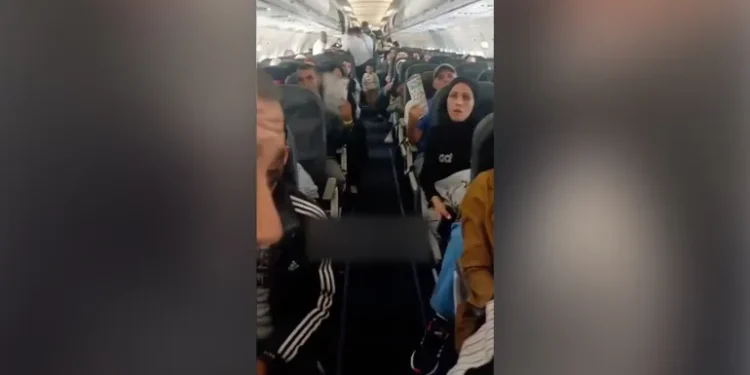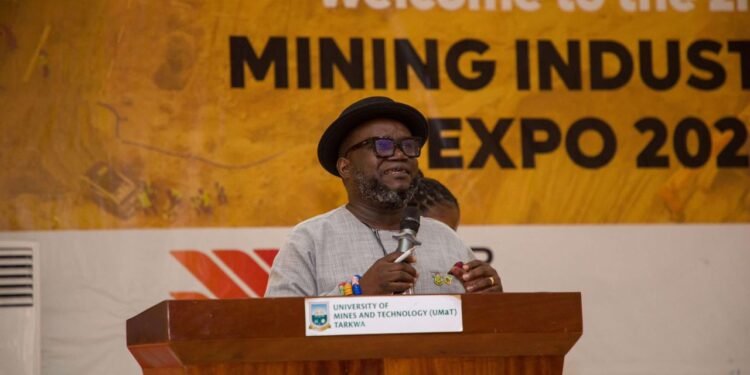In today’s media landscape, major political factions often dominate the narrative, leaving minor factions struggling to be heard. This not only skews public perception but also undermines democracy.
Major political parties garner more media attention primarily because of their larger size, long-standing presence, and substantial impact on the political arena.
This heightened coverage stems from their ability to appeal to a broader audience, participate in prominent events, and leverage extensive resources for communication and outreach initiatives.
Conversely, smaller political parties face challenges in competing with the visibility and influence of the established parties, resulting in limited media coverage and exposure.
For instance, while there are other political parties in the USA like the Libertarian Party, and the Green Party, the ones that take center stage in the US’s politics are the Republicans and Democrats thereby gathering more media attention than others.
Similarly in Ghana, while there are political parties such as the CPP, PNC, NDP, and PNP, the two dominant political parties, the NDC and the NPP take center stage in the country’s political landscape.
The disparity in attention can be attributed to the disparity in resources, reach, and recognition between major and minor parties in the country’s political landscape.
As a result, the NDC and the NPP often dominate news cycles and public discourse, overshadowing the efforts and messages of smaller parties that may struggle to gain traction in the media.
The disparity in media coverage highlights the power dynamics and disparities in influence within the political realm, where the two major parties in the country hold a significant advantage in shaping public opinion and driving political conversations.
Accordingly, the Founder and Presidential Candidate for the All People’s Congress (APC), Mr. Hassan Ayarigah, noted that the APC is currently putting up its own media house to be able to get information out to the public.
He noted that taking this step would help the party gain more attention than the mainstream media provides.
“Because largely, the minority parties do not get the kind of coverage the major political parties do. That is a disadvantage to the minority parties because they are not able to sell their policies. Meanwhile, they are the best policies. But because NDC and NPP have big platforms, the concentration of the Media is on the NDC and NPP”
Mr. Hassan Ayarigah
Impact On Minor Parties And Decision-Making
Furthermore, Mr. Ayarigah stated that the NDC’s ‘novel’ 24-hour Economy policy was initially introduced by the APC in its 2020 manifesto. However, he pointed out that due to the minor party’s lack of media coverage, the policy did not receive the attention it deserved at that time.
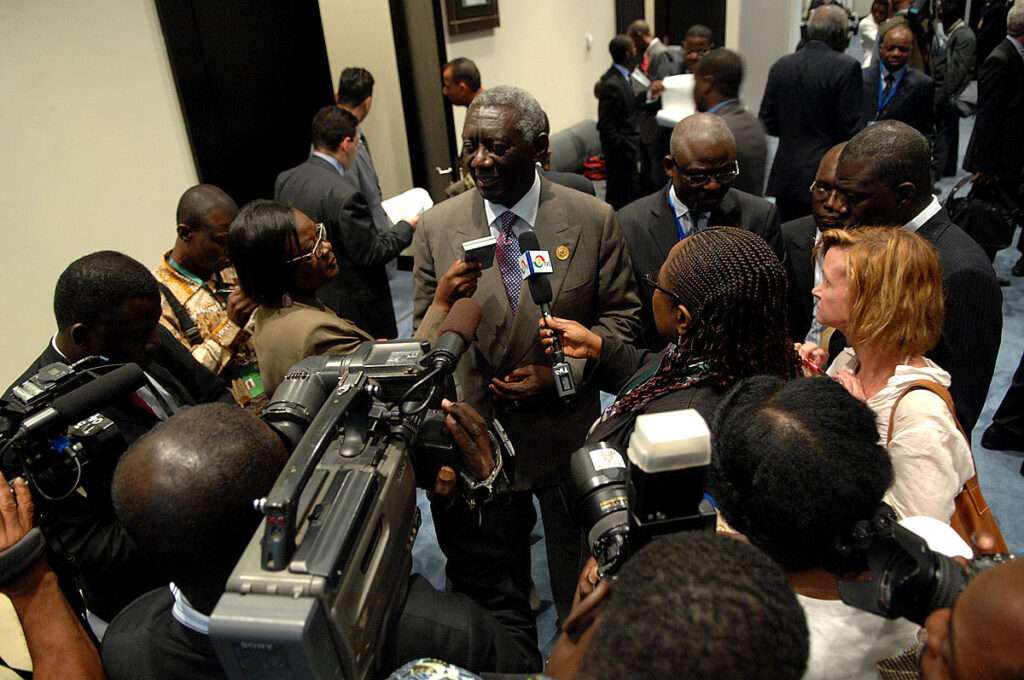
He mentioned that APC’s policies like E-Governor, which deals with digitalization, and Economic Lockdown, which focuses on import substitution and domestication, should have triggered public discussion. He noted, however, that they failed to do so because minor political parties do not attract much media attention.
In addition to losing life-altering policies, media coverage disparity creates an uneven playing field that hinders smaller parties from effectively reaching voters and conveying their messages.
This imbalance can result in the marginalization and exclusion of smaller parties from important public discourse and decision-making processes.
Moreover, the lack of media representation for smaller parties in Ghana can lead to a limited understanding of their policies and platforms among the electorate, which may result in voters being swayed towards larger, more visible parties.
This disparity in media coverage can also perpetuate a cycle of unequal access to resources and funding for smaller parties, making it even more difficult for them to compete on a level playing field with their larger counterparts.
More so, the media disparity between big and small political parties can undermine the diversity and inclusivity of Ghana’s political landscape, limiting the range of perspectives and ideas that are presented to the public and potentially diminishing the overall quality of political discourse and decision-making.
However, the good news is that minor political parties can adopt several strategies to address the imbalance in media coverage compared to major political parties.
Firstly, they can focus on building strong grassroots campaigns and engaging directly with voters through community events, door-to-door campaigning, and social media outreach.
By creating a strong presence at the local level, minor parties can generate word-of-mouth buzz that can help counteract the lack of mainstream media attention.
Additionally, minor parties can strategically target niche media outlets that cater to specific demographics or political ideologies. By getting their message out through alternative media channels, they can reach audiences that may be more receptive to their platform.
Collaborating with like-minded advocacy groups, community organizations, and Civil Society Organizations can also help minor parties broaden their reach and amplify their message.
Conclusively, minor parties like the APC and NDP among others, need to develop a clear and compelling narrative that sets them apart from the major parties and resonates with voters.
By articulating their unique perspective and policy proposals, minor parties can capture the attention of the media and the public.
READ ALSO: Inflation To Dip To 24.6%, Experts Foresee Economic Boost

